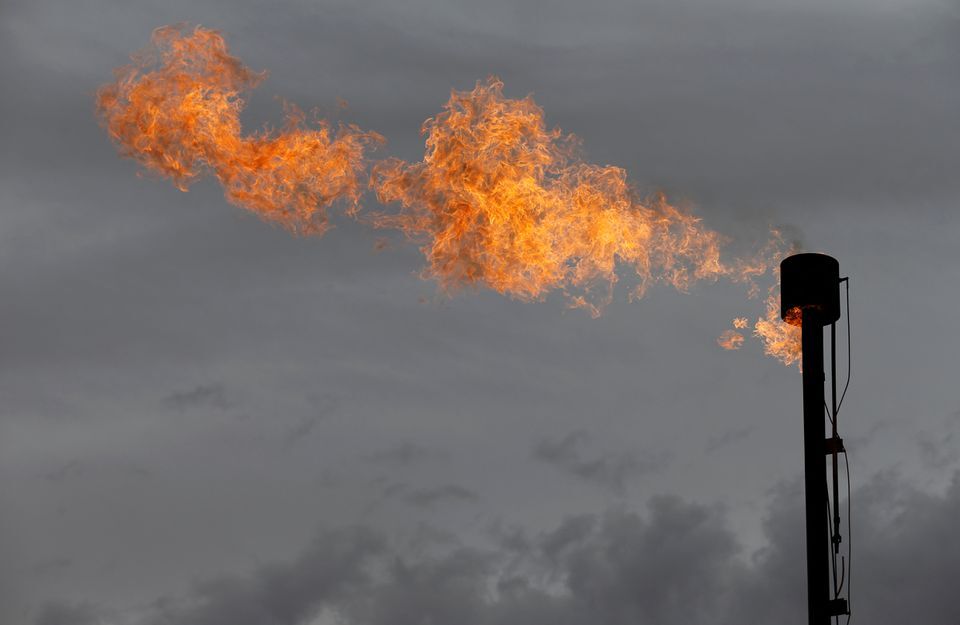To prevent environmental pollution, Iran’s Petroleum Ministry increasingly decided to collect flare gas. Of course, over recent years, Iran has made serious moves to decide on this issue.
According to the statistics provided by the Corporate Planning Directorate of National Iranian Oil Company (NIOC) in 2016, the potential amount of associated gas for capturing was about 43 mcm/d (more than 110 million barrels of oil equivalent per year). According to the hydrocarbon balance sheet data of 2016, the average growth of losses of all gas processing systems and flared gas through 2006-2016 has had an average annual growth trend of 11.1%, which can be attributed to a significant hike in gas production and operation of new systems. Gas processing attributed to the period. Therefore, plans to end gas flaring and instead capture flare gas has always been raised as a concern by officials and experts in the petroleum industry, and Iran’s Petroleum Ministry is required to decide the issue by the end of the Sixth Development Plan.
EOR
With the drilling of the first production well in Masjed Soleiman, and through following periods, oil production in Iranian fields has been done by natural recovery and APG has been flared. Various projects were envisaged for gathering flare gas, some of which are NGL plants to separate flare gas, the Amak project, the Kharg flare gas gathering, the Siri flare gas gathering among others.
The most effective way to compensate for the current drop in reservoir pressure in Iran is the simultaneous injection of gas along with oil production. The method was successfully implemented in the development of the Darquain field, and from the first phase, with the wellhead production of oil and gas separation, the separated gas was immediately returned to the well using high-pressure compressors. Most of the country's oil fields have passed their half-life; however, efforts should be made to implement the method used in the development of the Darquain field for the rest of the production period. Iran’s petroleum industry is currently considering two main plans, including awarding oil-related gas collection projects to the private sector and petrochemical holdings.
Accordingly, in the current situation, the simultaneous implementation of 9 NGL projects with a total gathering capacity of 5.1 bcf/d of associated gases including the Bidboland 2 gas refinery projects (including four NGL projects), Persian Gulf Yadavaran gas refinery (NGL 3200), Hengam gas refinery (Qeshm Island gas flare), (Dehloran) and NGL 2300 in the Maroun field, NGL Kharg are on the agenda. With the implementation of these projects until 2022, the entire APG in Iran will have been converted to valuable products.
Largest Gas Gathering
Last calendar year, the Persian Gulf Bidboland gas refinery project was put into operation as the largest facility for the gathering and processing of flare gas with an investment of more than $3 billion. With the commissioning of gas gathering facilities, the Persian Gulf Bidboland gas refining project, which has a processing capacity of over 56 mcm/d of associated gas, will produce 3.4 million tonnes of petrochemical feed. In parallel with the construction of the Persian Gulf Bidboland gas refining project with a view to gas gathering in East Karoun, two contracts were signed with the Persian Gulf Petrochemical Industries Company (Persian Gulf Holding) and the Maroun Petrochemical Company.
Dehloran Gas Gathering
The project for gas gathering and establishment of gas compression station at Dehloran is another gas gathering project in Iran, which has been awarded to an Iranian company for €125 million. The project has started for maximum recovery from joint fields and preventing the flaring of 82 mcf/d of flare gas. Construction of the Dehloran gas compression station is the last link in the feedstock supply chain of NGL 3100 for the purpose of gas gathering in Dehloran and Danan, which would serve as feedstock.
Construction of this station and gas transmission pipeline, would enable delivery of 71 mcf/d of gas from the Azar field. The flare gas at Dehloran, Danan and Azar totally supply more than half of NGL 3100’s feedstock.
Iran Respecting International Treaties
Iran’s petroleum industry is internally obligated to reduce its greenhouse gas emissions by 4% non-provisionally and 8% provisionally by 2030. To this end, Iran can take advantage of the opportunities offered by the Paris climate deal in order to reduce its gas flaring. Iran has a specific plan to fully eliminate flare gas and one specific case is the 5th Six-Year Development Plan.
In a bid to bring the flare gas gathering project into operation, skid-mounted facilities may be used, which is an international solution. The advantage with such facilities is that they are built fast and they can be carried very easily. For instance, a processing unit with the capacity of 100 mcf/d may be built within 15 months and installed in less than 3 months, while building NGL plants in Iran may last more than 10 years. Skid-mounted equipment is able to separate gas condensate, and is as effective as an NGL unit. Currently it is the best method for enhanced production in Iran.
Courtesy of Iran Petroleum


Your Comment